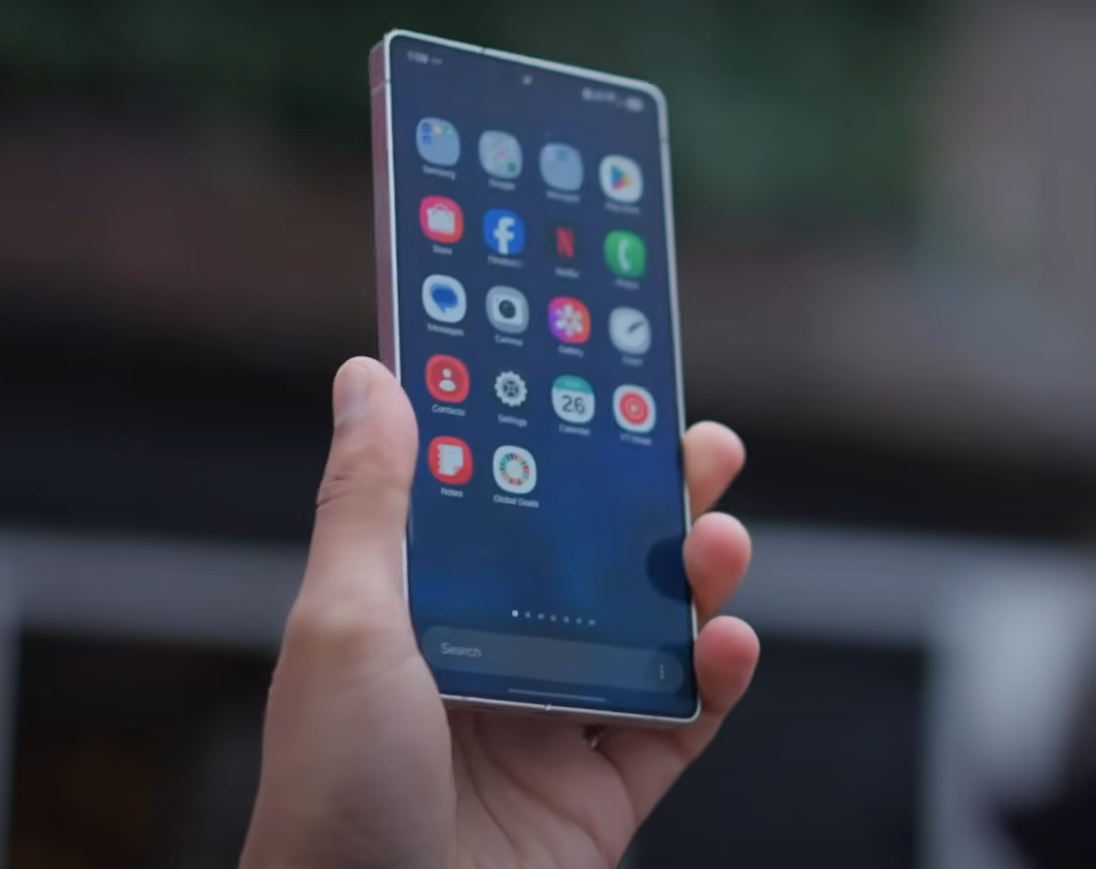Nintendo’s latest iteration of their flagship console, the Nintendo Switch OLED Model, has been making waves since its announcement. As a device that has tried to blend the best of both worlds – portability and home console gaming – the Switch has already been a phenomenal success. But with the OLED version, does it redefine the gaming experience enough to warrant an upgrade or purchase for newcomers? Let’s delve into this review to find out.
Design and Build Quality
The Nintendo Switch OLED Model retains the iconic design of its predecessors but introduces several subtle yet impactful changes:
- Screen Size and Quality: The most noticeable upgrade is the 7-inch OLED screen, which is brighter, offers deeper blacks, and more vivid colors compared to the LCD panel of the original Switch. While the resolution remains at 720p in handheld mode (and 1080p when docked), the OLED technology makes every pixel count.
- Improved Kickstand: The new kickstand is significantly wider and adjustable, providing stability and flexibility for tabletop mode that was sorely lacking before.
- Enhanced Audio: Nintendo claims the speakers in handheld mode are improved. Though not a dramatic difference, audio does seem clearer and slightly louder.
- Dock and Connectivity: The OLED model’s dock now features a wired LAN port for stable internet connectivity, which is a boon for competitive online gaming.

Performance
Under the hood, the OLED model hasn’t seen a performance boost:
- No Hardware Upgrade: It uses the same Nvidia Tegra X1 chip, meaning there’s no increase in processing power or resolution capabilities. This might disappoint those hoping for a “Pro” version.
- Battery Life: There’s a slight improvement in battery life due to the efficiency of OLED screens. Expectations should still be set for 4.5 to 9 hours, depending on usage.
User Experience
- Portability: With a slightly larger but still very portable form factor, the OLED model continues to excel as a travel-friendly device.
- Gaming Experience: The enhanced visuals make handheld gaming a more immersive experience, particularly in darker environments or with games that utilize shadows and contrast effectively.
- Storage: The internal storage has been doubled to 64GB, which is a welcome change but still necessitates an SD card for avid gamers.
Software and Game Compatibility
- Game Library: Access to the entire Switch library remains unchanged. Games look better on the OLED screen, but gameplay itself isn’t enhanced.
- Backward Compatibility: The OLED model is fully compatible with all Switch games, Switch Online services, and Joy-Con controllers.
Is the OLED Model Worth It?

For New Buyers:
- Absolutely, if you’re buying your first Switch. The OLED screen, improved kickstand, and minor design tweaks make for a superior initial investment.
For Existing Switch Owners:
- Consider It: If you primarily play in handheld mode or if your current Switch has seen better days, the OLED might justify the upgrade. However, if you dock your Switch most of the time or are not particularly bothered by screen quality, the benefits might not align with the cost.
The Nintendo Switch OLED Model enhances the already groundbreaking versatility of the Switch with visual and audio improvements that cater especially to handheld gaming enthusiasts. While it doesn’t revolutionize the console’s performance, the quality-of-life upgrades it brings could very well be the deciding factor for those new to the Switch ecosystem or looking to replace an aging unit.

Final Thoughts
The Nintendo Switch OLED Model is more about refining the experience than revolutionizing it. It’s a testament to Nintendo’s commitment to improving upon a winning formula. If you’re after the best visual experience on a portable console, the OLED model is currently the pinnacle of what the Switch can offer.
Your Move: If you’ve been on the fence about upgrading or are considering entering the Switch family, now’s a great time to look at what the OLED model brings to the table. Have you upgraded to the OLED Switch, or are you still on the original? Share your thoughts or experiences in the comments below.


